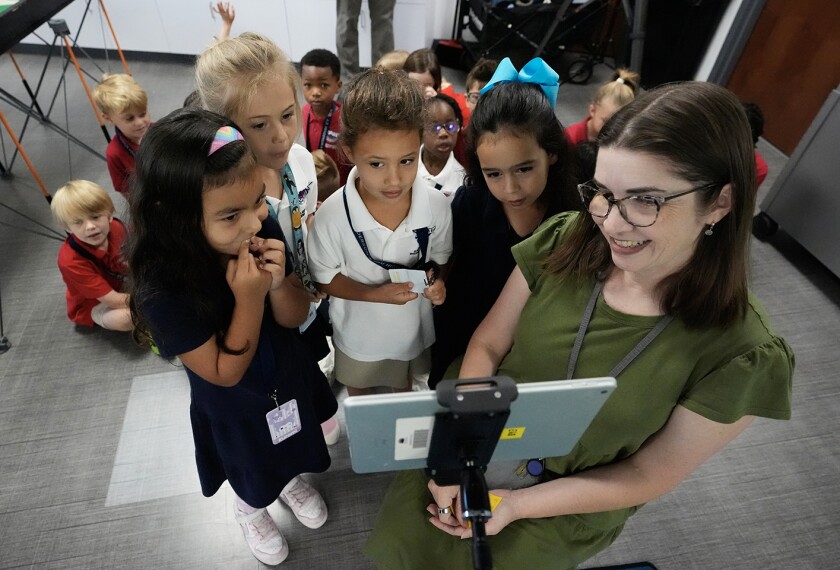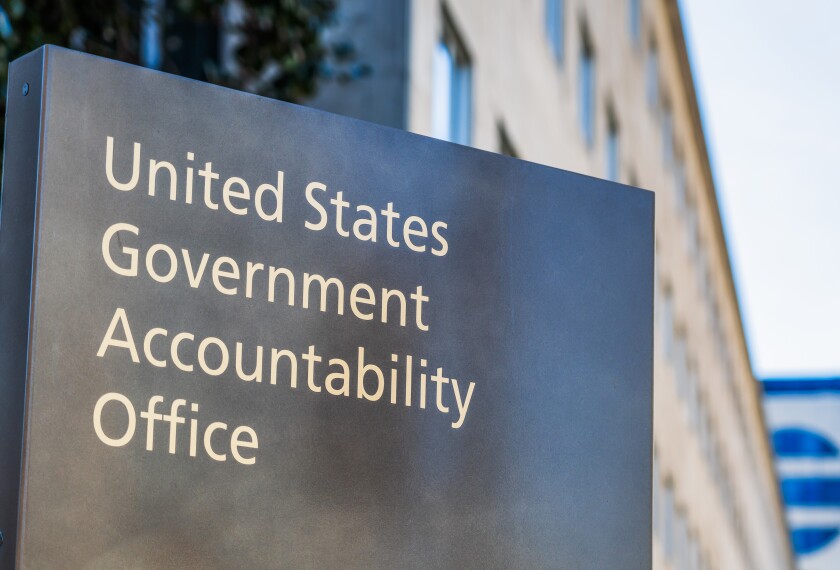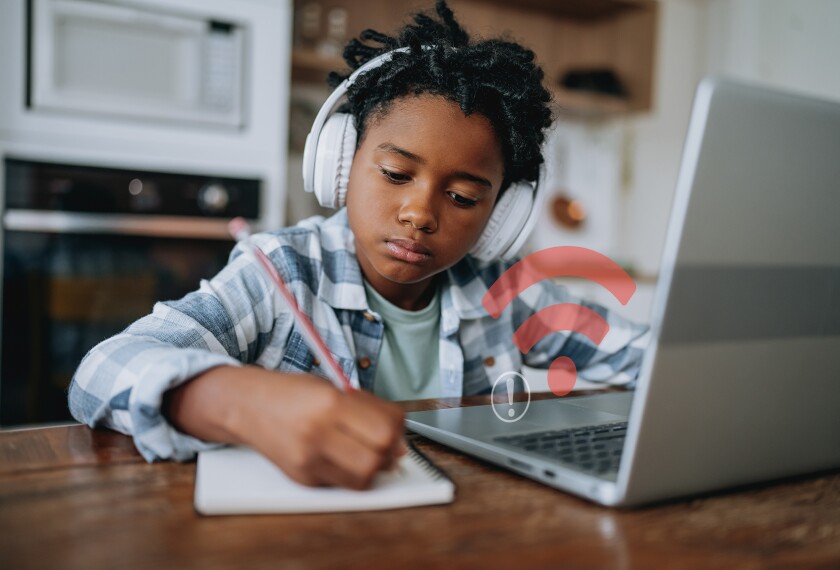At a political rally in Pennsylvania on Saturday, a gunman fired at the stage in an assassination attempt against former President Donald Trump. In addition to a bullet grazing Trump’s ear, one attendee was killed, and at least two others seriously injured. In return fire, Secret Service agents killed the alleged shooter at the scene. He has been identified as a 20-year-old Pennsylvania man. The FBI is investigating the motives for the attack.
While social media has been flooded with conspiratorial speculation, others are using the moment to condemn political violence and to call for cooler heads.
Safeguarding a peaceful political process is a pressing challenge for all Americans. For anyone reading Education Week in their capacity as an education professional, the shooting reinforces persistent questions about political polarization, gun safety, and youth radicalization, as well as how to talk to young people about these weighty issues.
The Education Week Opinion archive has years of thoughtful guidance for educators as they consider how they might talk about this latest act of political violence in the coming weeks when school is back in session—or even if they should.
For younger children, the exchange can look quite different from what it would with older children.
In 2017, days after the murder of counterprotester Heather Heyer at the violent white nationalist rally in Charlottesville, Va., H. Richard Milner IV took to the Opinion pages to reflect on an instructive exchange with his 7-year-old daughter, Elise.
After his daughter caught a heated immigration debate on the news and wondered why everyone was so mad, Milner instinctively reassured her that people weren’t mad, just passionate. As soon as she left the room, Milner recalled, he regretted his response: “I knew I had missed an important opportunity—a teachable moment—with my daughter.”
In response to that missed teachable moment, the education professor sat down to help other tongue-tied teachers get it right. Read his 10 recommendations for facing ugly truths in the classroom.
In the early days of 2017, Daniel Osborn, then of the civics education nonprofit Facing History and Ourselves, cautioned against reaching for easy answers when navigating a charged political discourse. “As educators,” he wrote, “we should strive to avoid partisanship in the classroom and presuming one worldview is absolutely true while others are invalid. I want students to navigate through ambiguity rather than becoming absolutist in their thinking.”
In 2021, a team of psychologists and educators reflected on their districtwide project focused on equity and inclusion. In the course of that work, they learned that more than a third of teachers reported avoiding discussing recent high-profile incidents of violence in the news. In “Being a Teacher Means Talking About Sensitive Social Issues. Here’s How,” the team then identified the three primary barriers stopping those classroom discussions—along with how teachers can overcome those barriers.
Of course, what those discussions might look like varies widely by grade level and subject matter.
In the heated days of the 2016 national election, high school English teacher David B. Cohen found his lane addressing polarized topics by focusing more on political rhetoric than on the issues themselves, assigning students to analyze campaign ads and speeches for the recurring literary themes they were already studying in American literature. “I chose small pieces of the big picture, manageable in scope, complex enough to warrant our attention, and focused enough to prevent wide-ranging political shouting matches,” he recounted.
Several years later, more than a dozen other teachers shared their creative solutions for connecting the tumultuous news cycle to the curriculum in Larry Ferlazzo’s two-parter blog posts “Seven Ways to Bring Current Events Into the Classroom” and “Making Current Events Connections to Lessons.”
That wasn’t the first time teacher and opinion blogger Ferlazzo wrestled with the proper place of politics in the classroom. Read his four-part series from 2020:
- ‘Classrooms Are Political’
- Politics Belongs in the Classroom
- ‘Keeping Politics Out of the Classroom Is Like Keeping the Water Out of Rain’
- Readers Respond: Should Politics Be Kept Out of the Classroom?
Earlier this year, Texas history teacher (and TikTok star) Emily Glankler shared her approach to teaching politicized topics without putting her own thumb on the scale: Lean on primary sources. Watch her explain in “Teachers, Try This: A Method for Navigating Political Debates in Social Studies.”
For all this insightful advice on the logistics of discussing political polarization, we can’t ignore the emotional toll.
“Let’s name the situation for what it is: Many of our students are experiencing this period as a traumatic time.” That was the diagnosis of political scientist Anita Chari and trauma therapist Angelica Singh during the 2020 presidential election. Now in the midst of another heated election cycle, revisit their three trauma-informed recommendations for working through polarization in the classroom.
It’s not just teachers grappling with how, when, and if to tackle politics in schools. Last month, former Superintendent Jennifer Perry Cheatham and education consultant Bonnie Lo offered advice for education leaders to navigate the choppy waters of political polarization in ‘I Don’t Know What to Do': Facing Today’s Education Leadership Challenges.
Leaders don’t have to wait for the new school year to get started on their first step: Do your homework.
“The issues will evolve—it’s school discipline one day, misinformation on social media the next, the health curriculum the day after, and the history of slavery the day after that,” they write. “They are all different versions of the same debate—about who has the right to learn what in a safe environment. The idea is to get out of reactive mode by anticipating what will come next and doing what it takes to preserve the dignity of every child.”
(In parts two and three of the series, they also shared more guidance and resources for facing a fractious political landscape.)
The conversation doesn’t end here. If you’d like to share your own opinion on how political polarization is touching education, please send us your ideas.
Disclaimer: The copyright of this article belongs to the original author. Reposting this article is solely for the purpose of information dissemination and does not constitute any investment advice. If there is any infringement, please contact us immediately. We will make corrections or deletions as necessary. Thank you.







